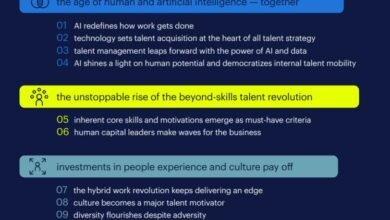
Source | www.effectivedatastorytelling.com
As data storytelling has grown in popularity, it has become increasingly synonymous with data visualization. This viewpoint is understandable because data charts are often heavily featured in data stories. However, this prevailing perspective is also problematic. When visualization receives most of the attention or emphasis, the other critical components of data storytelling are then ignored or underdeveloped. Unfortunately, this perspective has caused great confusion about what data stories are and how to best craft and deliver them.
The overemphasis placed on the visualization element of data stories reminds me of the ancient Buddhist parable of the Elephant and the Blind Men. When a group of blind men encountered an elephant for the first time, they were brought forward to touch the strange creature to better understand what it was. However, each blind man touched a different part of the animal and came away with a different interpretation of what an elephant is: a thick snake (trunk), a tree trunk (leg), a wall (backside), a spear (tusk), a rope (tail), and a fan (ear).
Similarly, when data storytelling first emerged most of the focus was exclusively on the visualization aspects. For early adopters, the unique differences between the exploratory and explanatory approaches for data charts brought this aspect to the forefront. Many then assumed it was the defining attribute of data storytelling. Unfortunately, this enduring stance has undermined data storytelling’s true value and misrepresented what it means to tell compelling stories with data.

Data storytelling is much more than just data visualization
When data visualization is the primary focus of data storytelling, it has led to a couple of common misconceptions. First, some people believe every data chart tells a story. Yet, if there is something interesting or notable in a specific data chart, you are only sharing a piece of the puzzle (a data scene), not a complete data story. Often, you’re going to need more than one chart or visual aid to explain why something is happening and how to best address it.






